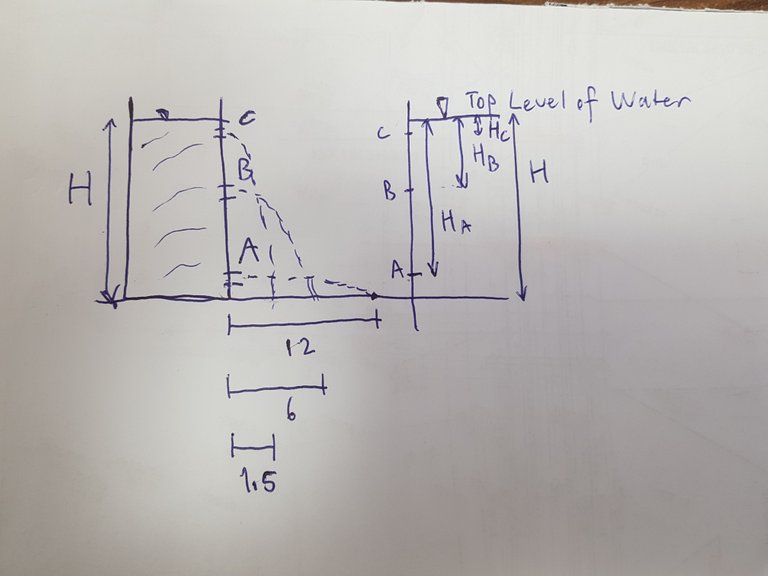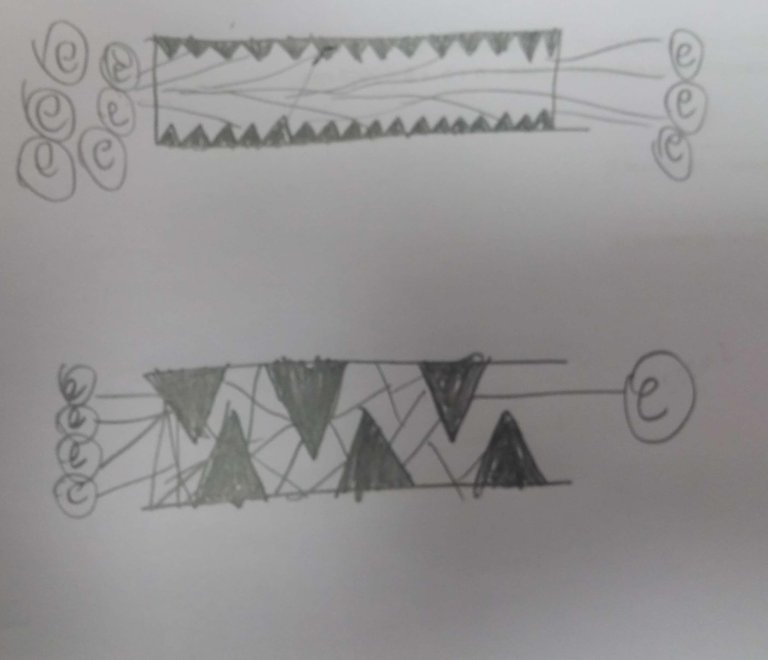Hi everyone, I m going to post blogs about electronics and DIY. In electronics lessons series, we are going to start from the simple beginning to advanced such as microprocessor programming and robotics.
I m not talking about what is electrons, atoms or how electricity occurs, in this blog. I assume that you already know about those. And those lectures, not just only theoretical also will be practical.
WHAT IS VOLT?

Every day we use remote controls, calculators, cell phones. Inside of this devices, there are batteries which they provide energy to operate them. We don't buy batteries randomly; we always check voltage rating before we buy. In books, the volt is described as the potential difference between two points. You don't understand anything from this description, right? I explain simple and understandable.Look the picture below. 
Volt explained by water analogy. In this picture, we can say volt is water pressure.As you can see, Ha is bigger than Hb and Hb is bigger than Hc. (H is deep from the top level of water) . The voltage of A to the top surface is the biggest, then B, and B is bigger then C., So that also means water pressure of A is the biggest. BE CAREFULAs I mentioned, Voltage is the potential difference between two points. We described, depth from to top surface. Cant, we describe between them? Yes, of course. Let me say Volt A=12 volts, Volt B=6 volts, and Volt C=1.5 volts. I m repeating, those volts ratings from to top of the water. So What is the volt between A, and B or A and C, or B and C. Volt Between A and B is 12-6=6 volts, between A and C 12-1.5=10.5 volts, between B and C, is 6-1.5=4.5 volts. They can be symbolized as Vab, Vac, or Vbc. So when we say Va or Vb or Vc, this is the potential difference from the general point, in this particular example, our general point is the top of the water surface.Dont Stuck in voltage definition by now. You will naturally understand later.
WHAT IS AMPERE?
When we connect a battery to the lamp, and lamp emits light. The battery has to sides. One side is + and the other one is -. + side lack of electrons,- is rich in electrons. We can say the battery is imbalanced. when we connect wire, electrons want to move from - to +, and when they move, they also move through lamp.and lamp ll give light.
Ampere is the quantity of electrons, passing through the conductor or circuit elements like resistors, diodes, and others. Now I give u numerical example to make it more understandable. If 1-coulomb electron passing from given point in a one second, it is equal to 1 amp.
So next question what is coulomb. Coulomb is a measure of electric charge proportional to the number of electrons in an imbalanced state. One Coulomb is equal to 6.2410^18 electrons. Look that drawing and imagine that you are counting electrons and if 6.2410^18 electrons pass through, the cross-section of copper wire, it is equal to 1 amp current flow. Let me clarify something. I draw electron movement from - to +, but in electronics, get use to conventional flow.it is from+ to -, why? because everything is designed for conventional flow.
WHAT IS RESISTANCE?
Resistance, it is so clearly named. It resists to current flow. The more resistance, the less ampere.

In this picture, you are seeing electrons, coming and passing inside of resistance. Imagine that, electrons are small balls. When the voltage applied to the circuit, we already know that voltage is a pushing force, electrons are pushed. They want to reach from + to - side of the voltage supply. And they are hitting that triangles, logically the smaller triangle, smaller resistance.Electrons face hard when the triangle is getting bigger, this means when resistance is getting bigger, electrons facing hard to pass through.

Also, u can see in this drawing , resistance, and amperage.As u can see, both of tanks have same voltage (same level of water height), but tank which is on the left side, has less resistance so more electric current passing through the pipe. and right side is reverse,more resistance,less electric current that means less ampere.
Do you see have resistance, voltage, and ampere related each other. Next chapter will be about ohm`s law and practical application and after that resistor types which are used in real life.See you in next chapter.
I love visual learning!
Thanks for your positive comment. I will try to keep visual things.